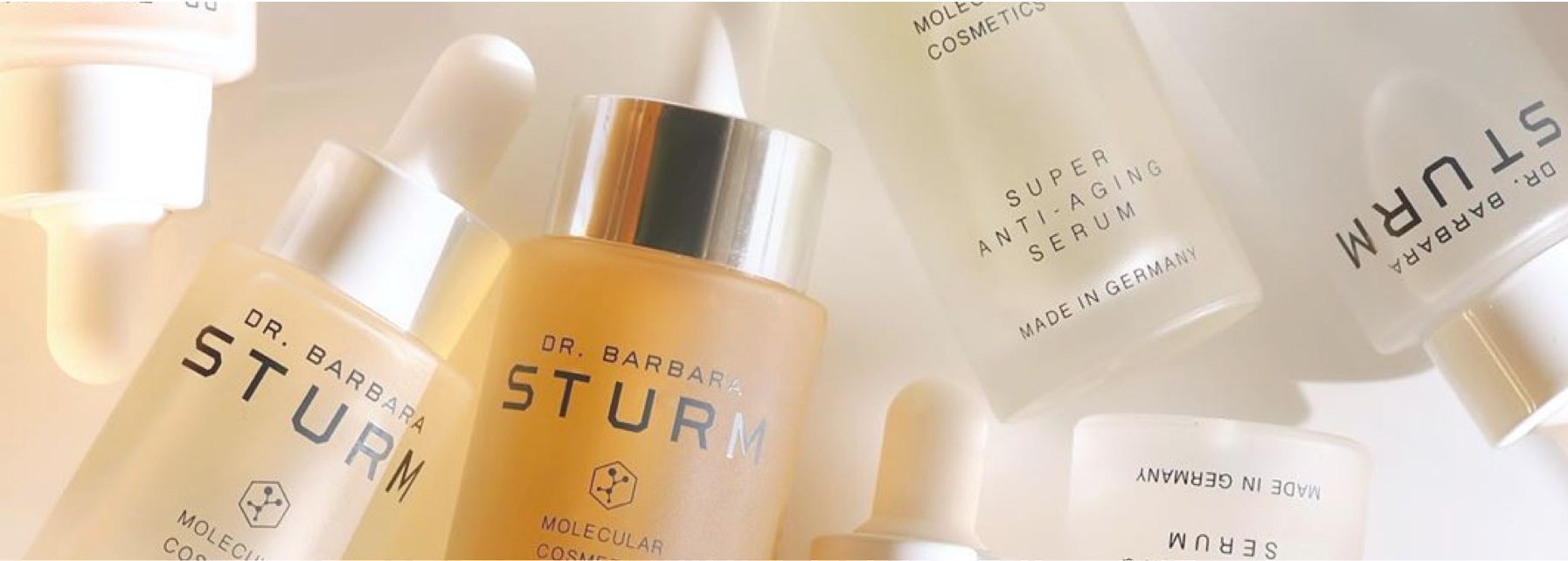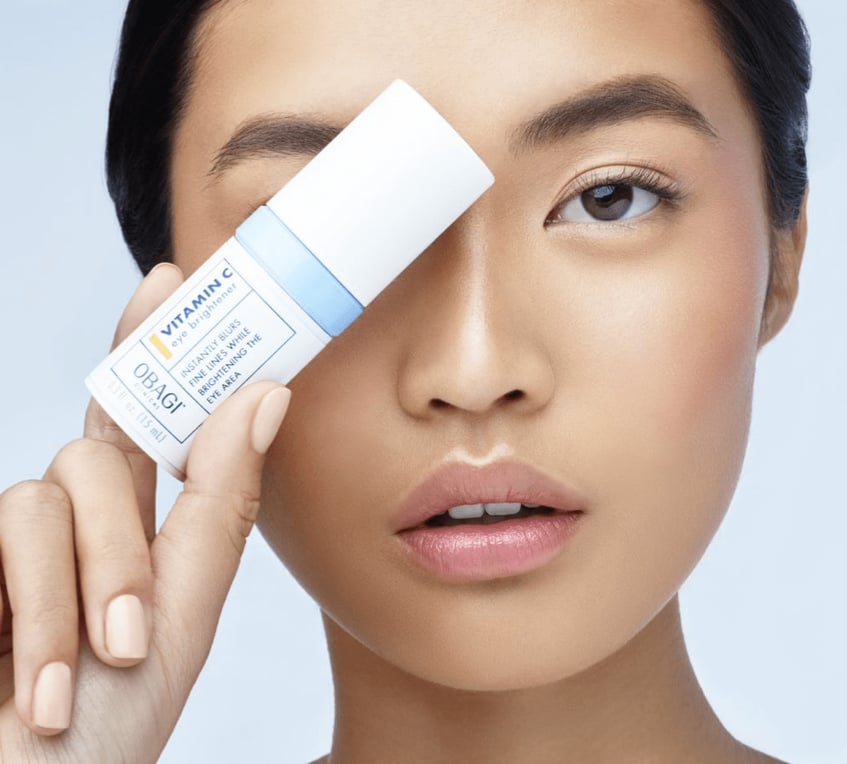Why Do We Suffer With Hyperpigmentation During Menopause
Hyperpigmentation is commonly characterised by an uneven tone and darker patches of skin. So, why does hyperpigmentation happen to certain people but not to others?

Why Do We Suffer from Hyperpigmentation?
There are several reasons for hyperpigmentation, sun exposure, ageing, hormonal changes, pregnancy, acne and of course, genes can all play a part. Whatever the reason, melanocytes, the skin cells responsible for skin pigmentation become overactive and make the skin darker. Notably, hyperpigmentation appears to be more prevalent in menopausal and post-menopausal women.
Menopause Symptoms
The menopause is one of the greatest transitions that a woman goes through during her life, and its physical and mental effects on daily life, including relationships, social life, family life and work should never be underestimated.
The obvious red flag is irregular monthly bleeding but there’s a plethora of other menopausal symptoms too. You’ve probably heard about the much-maligned hot flushes, night sweats, weight gain and mood swings, but other subtle signs are more difficult to attribute to menopause, like fatigue, which gets passed over because let’s face it, life’s busy anyway. You might experience an increase in muscular aches and pains too, difficulty sleeping, anxiety, brain fog and skin changes ranging from drier skin to congestion, inflammation and even hyperpigmentation. Of course, no two women's experience is ever the same either.
Menopausal Skin
Menopause doesn’t happen overnight. It’s more of a gradual change that occurs over the course of a few years. Skin changes are very common however, because oestrogen and progesterone levels fluctuate, plus there’s a rapid loss of collagen. On the surface, skin loses its plumpness and the visible signs of ageing accelerate.
Lower collagen levels also spell bad news for the complexion because the skin becomes dry, thin, and saggy. Conversely whilst you might be noticing the emergence of wrinkles, the hormonal changes can also cause pimples and acne. Add hyperpigmentation into the mix and there’s no doubt that drastic action is needed.
What is Hyperpigmentation?
Hyperpigmentation refers to patches of skin that become darker than their surrounding area. It happens when the skin produces excess melanin.
Menopause Hyperpigmentation
Sun damage accumulates over time and in an unlucky twist of fate, begins to show up at about the same time as menopause symptoms present themselves. Oestrogen has a role in the upkeep of protective melanocytes and without their natural defence against UV radiation, the skin can lighten causing uneven tone and making it more susceptible to sun damage. That’s why it’s so important to wear a broad-spectrum SPF every day, from your twenties onwards, even during wintertime.
A tinted moisturiser like IS Clinical Extreme Protect SPF40 Beige helps to lightly cover up sunspots and even out mild hyperpigmentation, creating an even base for follow-on make-up.
That’s not the only benefit though because patented Extremozyme® technology within this essential SPF40 ensures multi-level protection against harmful environmental pollutants. Meanwhile, micronized zinc oxide and micronized titanium dioxide protect the skin against damaging UVA and UVB rays and enriching antioxidants, vitamin E and aloe nourish and hydrate the complexion.
How to Get Rid of Hyperpigmentation?
When oestrogen’s control of melanin production reduces, melanin synthesis becomes unregulated and can increase, causing age spots or darker patches. Luckily, skin brightener Obagi Nu-Derm® Fx® is ideal for use as part of your evening skincare routine.
Formulated with 7% Arbutin, a renown plant extract that acts as a skin brightener, this rich night-time formula works by preventing the production of melanin in the skin and with regular use, will gently lighten the skin.
Another star ingredient, Lactic Acid, is a powerful AHA (Alpha Hydroxy Acid) which deeply exfoliates the complexion, smoothing rough and uneven skin, improving adult acne, and ensuring a clearer, more radiant complexion.
A clever formulation, this must-have cream works synergistically with retinoid products for optimum effect, and should be used by anyone looking to reduce the appearance of age spots, sunspots, hyperpigmentation, melasma, acne pigmentation and skin discolouration.
The latest from skincare
Skincare from the inside out. Tap into our world of award-winning skincare, 'the best of', new products and more.
Think you don’t need SPF daily? Think again. We debunk 4 common sunscreen myths and share why protecting your skin every day is a must.
Learn how to manage redness with expert skincare tips, top product recommendations and lifestyle advice this Rosacea Awareness Month.
Discover why sustainable beauty defines modern beauty. Explore eco-mindful skincare brands leading the conscious beauty movement.
Discover Jan Marini Skin Research, Skinstation's Brand of the Month. Explore clinically advanced skincare solutions that target ageing, hydration, and skin rejuvenation.








